Dolgorae Hoetjip (돌고래횟집)
381.4M 2021-03-26
101, Yulgok-ro 8-gil, Jongno-gu, Seoul
+82-2-765-3612
A great place for group dining and gatherings. This Korean dishes restaurant is located in Jongno-gu, Seoul. The most famous menu is sliced raw fish.
Choedaegamne (최대감네)
385.0M 2020-06-01
12-3, Insadong 8-gil, Jongno-gu, Seoul
+82-2-733-9355
Choedaegamne is a traditional restaurant with a cozy garden and a pond. It is located at the end of the alley next to Inside Plaza. At this famous restaurant located in Insa-dong, a traditional interior is enhanced by the date trees planted in between tables. Various dishes are available such as Ssambapjeongshik with organic vegetables, beef shabu shabu using beef stock and fresh tender galbi (ribs) which are purchased daily.
Machyomara (마쵸마라)
396.6M 2021-03-22
5, Jong-ro, 8-gil, Jongno-gu, Seoul
+82-2-737-8886
A place selling maratang (mala soup), which is popular among Koreans who like spicy food. The best menu at this restaurant is mala soup. This Chinese (cuisine) restaurant is located in Jongno-gu, Seoul.
RADOST (라도스트)
404.1M 2021-03-22
17, Ujeongguk-ro, 2-gil, Jongno-gu, Seoul
+82-2-734-8945
A restaurant frequented by office workers in Jongno after work. The best menu at this restaurant is deep-fried and braised boneless chicken. This Korean dishes restaurant is located in Jongno-gu, Seoul.
Baan Khun Kwan (반쿤콴(B.K.K))
408.8M 2021-04-12
20, Jong-ro 10-gil, Jongno-gu, Seoul
+82-2-725-1688
This restaurant is decorated in the 'Thai' style. The best menu at this restaurant is rice noodle soup with beef. This Thai (cuisine) restaurant is located in Jongno-gu, Seoul.
Museo Kimchikan (뮤지엄 김치간)
411.4M 2025-05-26
Insadong-gil 35-4, Jongno-gu, Seúl
Desde su fundación en 1986, el Museo Kimchikan ha expuesto las reliquias históricas relacionadas con el kimchi, los diversos tipos, maquetas de los procesos del preparado, e información sobre la eficacia derivada de su proceso de fermentación. Los visitantes aprenderán sobre el origen y la historia del kimchi a través de libros, pinturas y escrituras antiguas, y los diferentes tipos de vasijas almacenadoras de kimchi junto con los utensilios tradicionales de cocina que se utilizaban para prepararlo. También se exponen diferentes tipos de kimchi característicos en cada región de Corea y espacios para actividades.
Sadongmyeonok (사동면옥)
411.9M 2021-12-17
9, Insadong, 8-gil, Jongno-gu, Seoul
+82-2-735-7393
A store with over 35 years’ experience that sells Hwanghaedo-style dumplings. The best menu at this restaurant is dumpling hot pot. This Korean dishes restaurant is located in Jongno-gu, Seoul.
Imun Seolnongtang (이문설농탕)
434.6M 2025-05-29
38-13, Ujeongguk-ro, Jongno-gu, Seoul
Gaeseong Mandu Koong (개성만두 궁)
441.3M 2021-03-24
11-3, Insadong 10-gil, Jongno-gu, Seoul
+82-2-733-9240
Gaeseong Mandu Koong has served Gaeseong-style mandu (dumplings) for more than 30 years. The elderly proprietor, who fled south during the Korean War runs this restaurant with the help of her granddaughters. Characterized by its delicate taste, Gaeseong mandu stuffing consists of pork and various vegetables such as Chinese cabbage and pumpkin. This restaurant's mandu is so popular that it sometimes gets sold out even before evening. Typical menu includes mandu-jeongol (hot pot) and mandu-guk (soup). The hot pot is made of various ingredients including mandu, rice cakes, mushrooms, and meat, and serves two to three persons. For several persons, it's recommended to eat bossam (boiled meat slices wrapped in lettuce leaves or kimchi) and Korean-style pancakes.
Campanario Bosingak (보신각 터)
442.1M 2025-06-25
Jong-ro 54, Jongno-gu, Seúl
El campanario Bosingak es el lugar en donde se encontraba la campana que daba la señal de la hora, tanto para las áreas del interior y exterior de la muralla de la ciudad capital. Fue construido en el 13º año (1468) del reinado de Sejo de la época Joseon, y en aquel tiempo, se fundó también el templo Wongaksa, pero fue trasladado al sitio actual, durante el reinado de Gwanghaegun (1619). En la antigüedad, la campana se tocaba 33 veces a las 04:00, y 28 veces a las 22:00, y era utilizada para dar la señal de la hora, y como símbolo de la apertura y cierre del portón de la muralla. Es un patrimonio cultural de gran valor para los estudios académicos. Siendo el Tesoro, la pieza original se encuentra en el Museo Nacional de Corea.
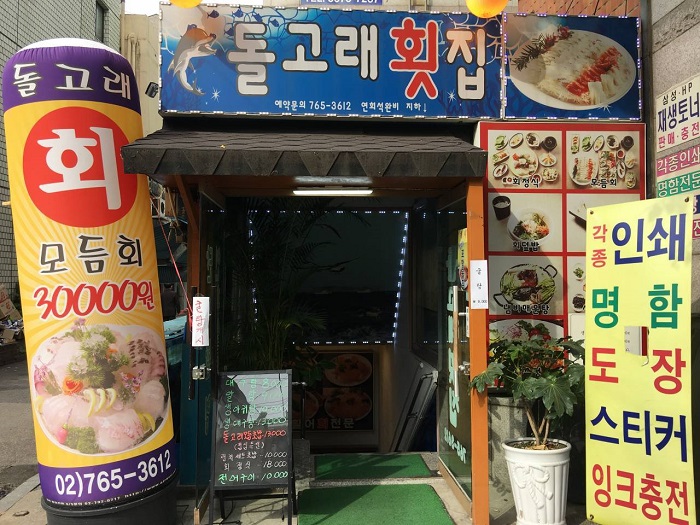
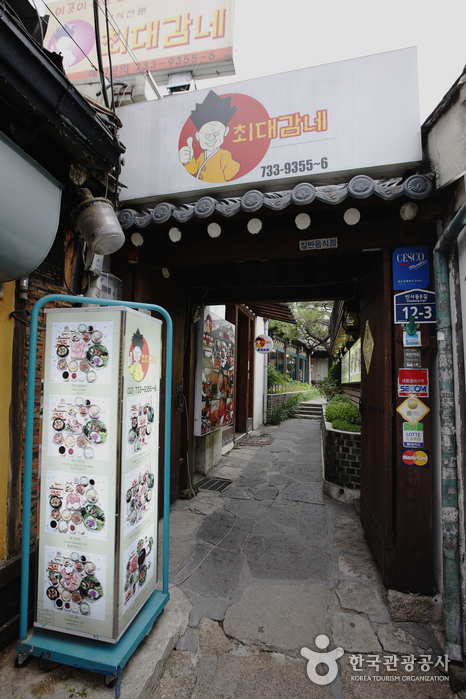
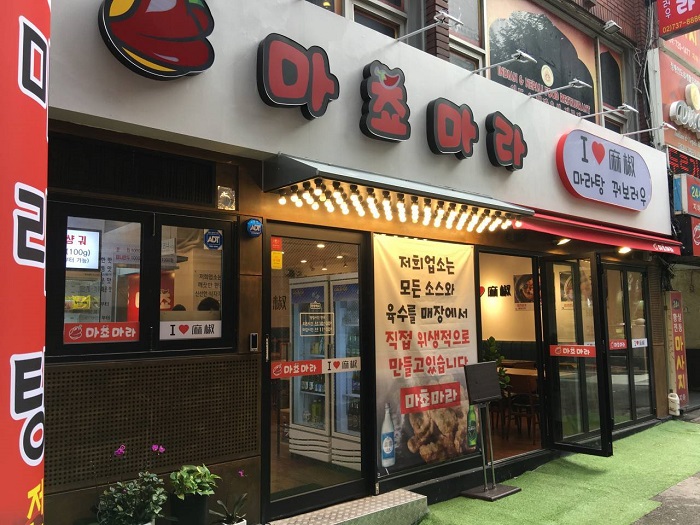
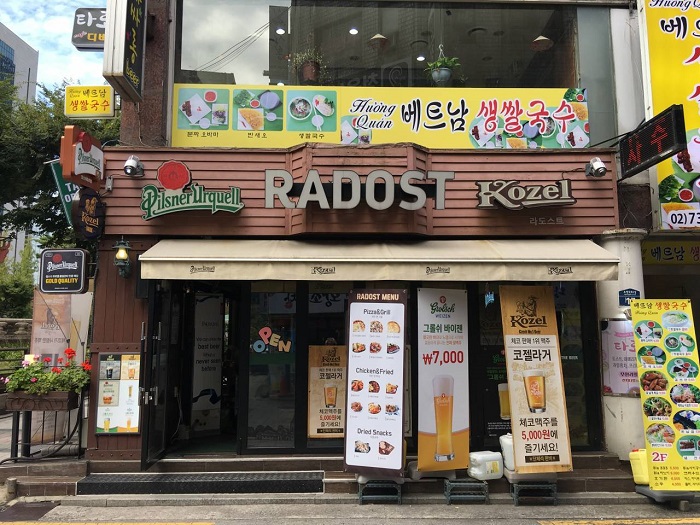
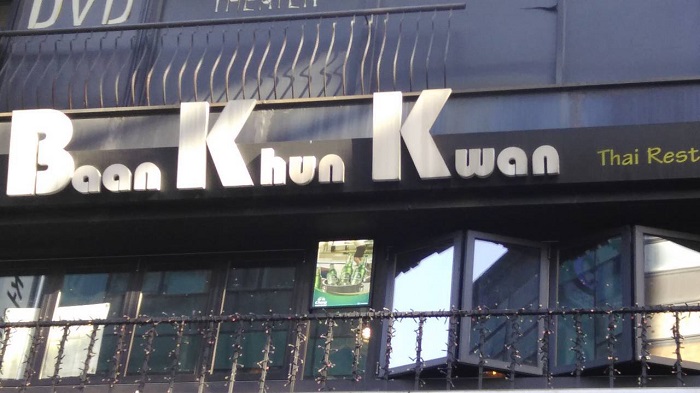

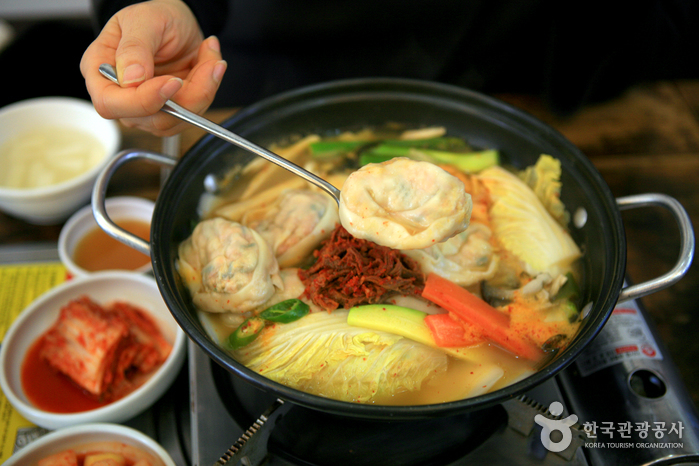
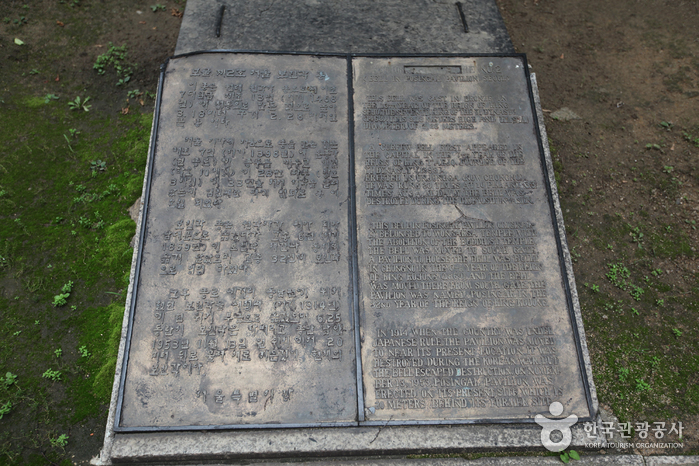
 Español
Español
 한국어
한국어 English
English 日本語
日本語 中文(简体)
中文(简体) Deutsch
Deutsch Français
Français Русский
Русский